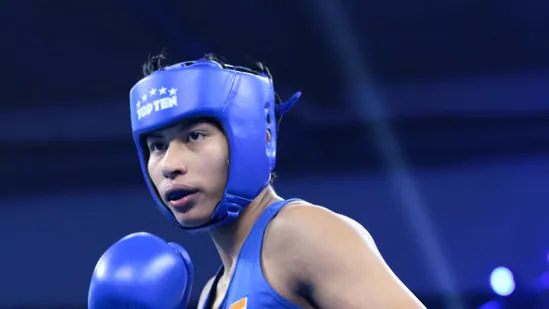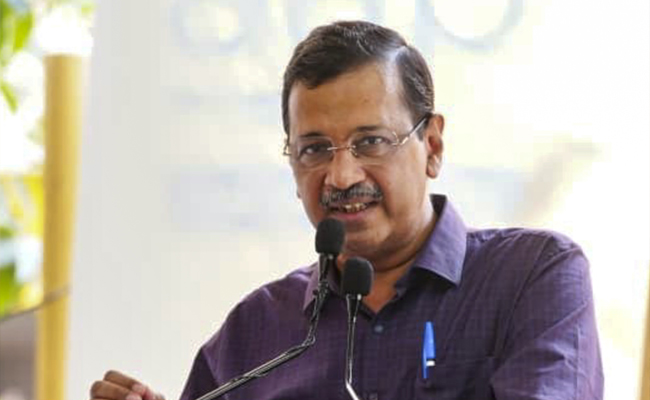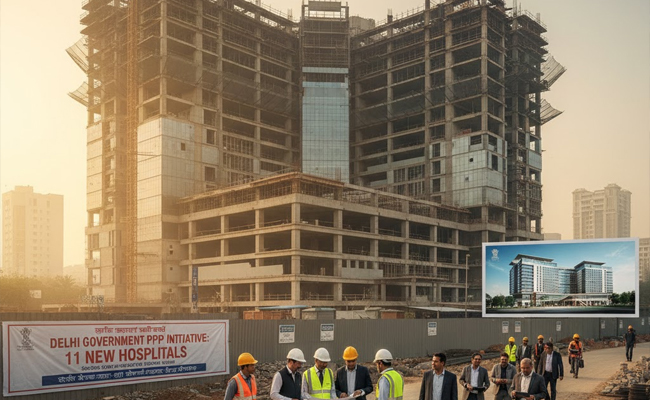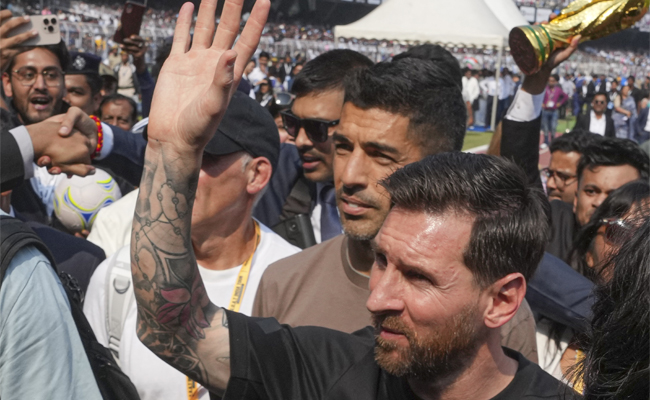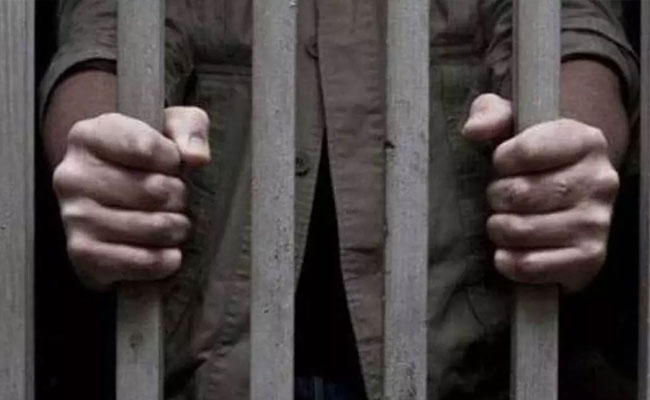Tokyo, Jul 30: Debutant Lovlina Borgohain (69kg) assured India of their first boxing medal at the ongoing Olympic Games when she upstaged former world champion Nien-Chin Chen of Chinese Taipei to enter the semifinals here on Friday.
The 23-year-old Assam boxer prevailed 4-1 to make the last-four where she will square off against reigning world champion Busenaz Surmeneli of Turkey, who hammered Anna Lysenko in her quarterfinal bout.
Borgohain, a two-time world championship bronze-medallist, displayed tremendous calm in the face of a plucky opponent, who had beaten her in the past.
She was aggressive to start with, followed it up with a tremendous counter-attacking game and kept her defence tight in the final three minutes to emerge triumphant.
The youngster, who was laid low by COVID-19 last year and missed a training trip to Europe because of it, let out a huge scream after the referee raised her hand, pent up emotions finally getting the better of her.
India's previous boxing medals have come through Vijender Singh (2008) and M C Mary Kom (2012). Both of them had won bronze medals and Borgohain would look to better that.
Earlier, Simranjit Kaur (60kg) lost to Thailand's Sudaporn Seesondee in the pre-quarterfinals to make an early exit from the Games here.
The 26-year-old Indian, seeded fourth, went down 0-5 despite a gritty performance.
She was impressive in the opening round and seemed to have caught Seesondee on the back-foot with her measured approach, sticking to a counter-attacking strategy.
However, the judges ruled unanimously in favour of the Thai, causing Simranjit to be a tad reckless in the second round.
The Indian paid for the hyper-aggressive approach in the first few seconds itself when Seesondee managed to connect some eye-catching left hooks.
The defensive errors in the second put paid to Simranjit's chances and even though she gave it her all in the third round, it needed nothing short of a demolition job to get over the line.
However, that was not to be as she bowed out following a unanimous verdict.
The 29-year-old Thai is a two-time world championships medallist and also won a silver in the 2018 Asian Games.
Let the Truth be known. If you read VB and like VB, please be a VB Supporter and Help us deliver the Truth to one and all.
Panaji (PTI): As part of a crackdown against tourist establishments violating laws and safety norms in the aftermath of the Arpora fire tragedy, Goa authorities on Saturday sealed a renowned club at Vagator and revoked the fire department NOC of another club.
Cafe CO2 Goa, located on a cliff overlooking the Arabian Sea at Vagator beach in North Goa, was sealed. The move came two days after Goya Club, also in Vagator, was shut down for alleged violations of rules.
Elsewhere, campaigning for local body polls, AAP leader Arvind Kejriwal said the fire incident at Birch by Romeo Lane nightclub at Arpora, which claimed 25 lives on December 6, happened because the BJP government in the state was corrupt.
An inspection of Cafe CO2 Goa by a state government-appointed team revealed that the establishment, with a seating capacity of 250, did not possess a no-objection certificate (NOC) of the Fire and Emergency Services Department. The club, which sits atop Ozrant Cliff, also did not have structural stability, the team found.
The Fire and Emergency Services on Saturday also revoked the NOC issued to Diaz Pool Club and Bar at Anjuna as the fire extinguishers installed in the establishment were found to be inadequate, said divisional fire officer Shripad Gawas.
A notice was issued to Nitin Wadhwa, the partner of the club, he said in the order.
Campaigning at Chimbel village near Panaji in support of his party's Zilla Panchayat election candidate, Aam Aadmi Party leader Kejriwal said the nightclub fire at Arpora happened because of the "corruption of the Pramod Sawant-led state government."
"Why this fire incident happened? I read in the newspapers that the nightclub had no occupancy certificate, no building licence, no excise licence, no construction licence or trade licence. The entire club was illegal but still it was going on," he said.
"How could it go on? Couldn't Pramod Sawant or anyone else see it? I was told that hafta (bribe) was being paid," the former Delhi chief minister said.
A person can not work without bribing officials in the coastal state, Kejriwal said, alleging that officers, MLAs and even ministers are accepting bribes.

